Taking a business global is a challenge that brings in great rewards but is also fraught with challenges. Whether it is an ecommerce platform, a tech venture, or a service provider, they all need to get to work to achieve a smooth expansion. What stands out among these challenges is the need to translate, transcreate, and localize.
But what are all these terms? What is the difference between them? Can you skip some of them? You'll find the answers in this article.
Transcreation Process: What Is It?
It's important to understand key definitions so let's take a look at transcreation. Essentially, it is a mix of accurate translation and creative thinking that takes this process beyond a word for word expressions in a different language. Creative translation, if you will. Add a bit of copywriting experience in the mix and you get a bulletproof transcreation process that meets expectations of your target audience.
Imagine you want to transcreate a marketing email from English into Japanese. This piece of source text is filled with clever word play, idioms, subtle hints, and messages that are easily understood by native English speakers. The goal is to achieve the same (as much as possible) effect in Japan. The way to do this is to employ transcreation that focuses on cultural aspects more than on the specific words that are included in the original text.
On the other hand, when it comes to technical manuals, a precise translation is much more valuable than a witty and creative approach. Particular words mean much more here for the overall process than evoking emotions and feelings that resonate with audiences.
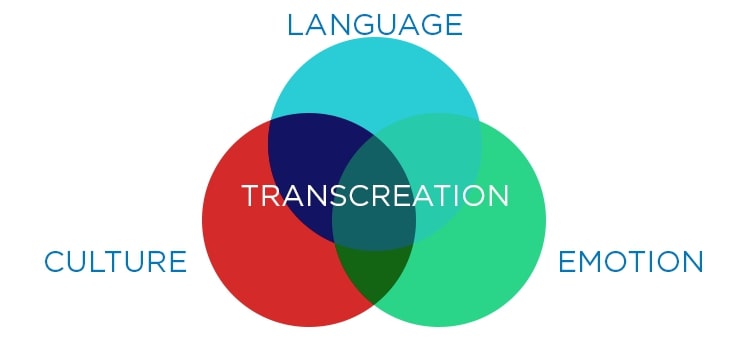
Benefits of Transcreation
A transcreation project is what sets businesses apart. Especially in the cutthroat world of global competition where attention of customers in target markets is the ultimate prize. Here's a short list of benefits that businesses enjoy when they choose transcreation:
Raise brand awareness and connect emotionally with your target audience
Gain a competitive edge in new markets by adapting to local preferences
Build brand trust and demonstrate cultural sensitivity
Preserve your brand’s voice and message across cultures
Drive engagement, conversions, and new business opportunities
Transcreation Checklist
I'm personally a fan of checklists. They make it easier to track your progress and plan your next steps. With transcreation, it's important to have one at hand to understand what this process will require. Feel free to use mine as is or as a blueprint that you can adapt and change later:
Select a Qualified Transcreation Team
Find an advanced Translation Management System (TMS), like Localit, to automate routine and mundane translation tasks with machine translation and AI.
Assemble a team of talented translators and marketers (ideally with experience in the target market and transcreation services).
Verify the team's proficiency in creative writing and marketing.
Start with a Creative Brief
Clearly outline the project's objectives, target audience, and what emotional response you need.
Provide brand guidelines: tone of voice, key messages, etc.
Include examples of previous successful campaigns for reference.
Analyze and Adapt Cultural Nuances
Identify and modify cultural references, idioms, and humor to suit the target audience.
Ensure visuals, symbols, and colors are appropriate and convey the intended meaning.
Consider local regulations, traditions, and societal norms that may impact the message.
Implement a Rigorous Review Process
Conduct in-market testing.
Gather local feedback.
Revise and refine the content based on the insights gained.
Maintain Consistency
Ensure the transcreated message aligns with the overall brand strategy and identity.
Apply the adapted content uniformly across various channels, including digital, print, and social media.
Regularly update and monitor the content to stay relevant and engaging in the target market.
Localization and Translation
After reading this, you might be tempted to lump together translation and localization with transcreation and call it a day when launching your project. However, translating and localizing from one language to another is not always synonymous.
Translation is a process that involves making sure the original intended meaning of your text (message, slogan, email, etc.) is understood correctly in the target language.
Localization, on the other hand, takes the translation and applies it to a specific market. But with all the necessary changes that will make sense for a local audience: date formats, currencies, how people prefer to interact with content, adapting a product description, style of messages, color schemes, and more.
Example: A company wants to launch a promotional campaign in a new market. To make sure that there are no misunderstandings or legal issues, they need to translate the rules and procedures. In this case, a precise step-by-step translation is much more important that being witty and humorous so that customers do not get confused about the participation protocol and prizes. To localize this document, you'll need to make sure that all currencies, dates, names of products, legal regulations, CTA buttons, means of communication, etc. correspond to what people in your target market expect and understand.
More or less clear about localization and translation, right? But how does transcreation fit into this?
Transcreation vs. Translation vs. Localization
Communicating and translating from one language into another is not a walk in the park. The translation, localization and transcreation triad needs to be implemented in full to achieve the maximum result. Language and culture and closely linked to one another and represent a symbiosis that must be tackled if a business wishes to succeed. Let's review:
| Aspect | Translation | Transcreation | Localization |
|---|---|---|---|
| Definition | Converting text from one language to another while maintaining the original meaning. | Reimagining content to resonate deeply with a new audience, ensuring it evokes the same emotions and intent, often requiring creative interpretation. | Adjusting content to suit cultural norms, preferences, and regional expectations beyond just language. |
| Focus Areas | - Grammar and syntax- Vocabulary- Literal meaning | - Emotional impact- Brand voice- Creative expression- Nuanced meaning | - Cultural references- Symbols and imagery- Legal and regulatory compliance- Date and time formats |
| Typical Use Cases | - Technical manuals- Legal documents- Scientific papers | - Advertising campaigns- Slogans and taglines- Brand storytelling- Multimedia campaigns | - Websites- Software interfaces- Mobile apps- Product packaging |
| Added Value | Accuracy and clarity of communication. | Amplifies brand appeal and customer engagement by delivering a deeply localized, emotionally resonant experience. | Ensures relevance and user comfort by considering cultural and contextual factors. |
In a well-constructed and defined strategy, all three aspects prop each other up to deliver a multi-fold project that works to deliver your priorities on many different levels at once. Ultimately, this is the primary goal to get through to new customers and markets. Translation is the first step which then gets refined and improved by transcreation. Localization process then takes the results of the translation process and transcreated messages to adjust them further to be ready to use wherever needed.
Difference Between Translation and Transcreation
What's the main difference, you may ask? They serve different purposes, this is a short answer. Translation is about converting text while keeping the meaning intact. Transcreation is about taking that same message and reimagining it so it resonates emotionally and culturally with the target audience. It's all about creativity and adaptation. Here's how they differ:
Translation:
Converts a product manual from English to German with all technical details intact.
Keeps the structure, grammar, and vocabulary precise.
Example: Translating a safety guide for machinery without altering the instructions.
Transcreation:
Adapts a marketing slogan like Coca-Cola’s “Open Happiness” to “Destapa la Felicidad” (Uncover Happiness) for Spanish audiences.
Focuses on capturing the emotional impact and cultural nuances.
Example: Rewriting a tagline for a French ad campaign to reflect local humor or idioms while preserving the brand's voice.
Both are vital tools, but the key difference lies in creativity: translation informs, while transcreation connects and inspires. Professional translators often use transcreation in their translation process without paying specific attention to it depending on the situation.
Successful Examples of Transcreation Adapting Content
Transcreation involves more than just being inventive and witty. It combines expertise, in-depth knowledge about a language, ability to connect and inspire people (to become customers among other goals), and being laser-focused on results. Some companies do it well. Let's take a look.
McDonald's
McDonald’s is a perfect example of using transcreation and doing it well. In North America, the iconic slogan “I’m lovin’ it” is catchy and emotional, but in China, the word “love” carries a deeper, more serious connotation and isn’t casually thrown around. So, McDonald’s switched it up to “I just like it,” a phrase that feels much more natural in Chinese culture.
Coca-Cola
Big surprise: one of the most internationally renowned companies in the world does transcreation really well! Famous for its soft drinks, Coca-Cola is a true giant of international presence: more than 1.9 billion servings of their products are sold in over 200 countries. This prompts the beverage giant to invest heavily in localization of its campaigns, which often yields top results.
Coca-Cola in China
It’s simple—relate to people, and they’ll notice you. Coca-Cola nailed this in China by transcreating not just its name but also its marketing. In Chinese, "Ke Kou Ke Le" translates to something like “tasty happiness,” instantly connecting with consumers. The company also tuned into local customs and holidays, creating campaigns that felt genuinely relevant. The payoff? Today, Coca-Cola serves 150 million drinks a day across China.
Share a Coke Campaign
Coca-Cola took personalization to new heights with its “Share a Coke” campaign, swapping out its logo for real names on bottles. This made for great marketing and encouraged people to look for their specific bottles (to get for themselves or give to someone). But here’s where it gets clever: the company adjusted this campaign for each market.
In Ireland, bottles sported popular Irish names like Aoife and Gráinne.
In China, where first names aren’t casually used, they opted for friendly titles like “close friend” and “classmate.”
In India, family terms took the spotlight, with labels like “Mom” and “Brother.” By embracing local norms, Coca-Cola turned a simple label into a meaningful connection.
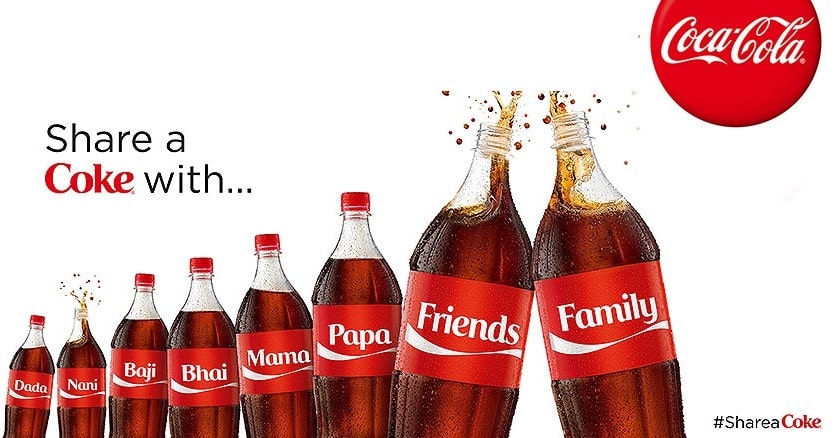
Localize with Transcreation for Maximum Result
Localizing with transcreation is how you take your brand to the next level. It’s more than just direct translation: it’s about creating an emotional connection that feels authentic in a new language. Transcreation comes into play where translation services alone fall short, helping you navigate cultural nuances and deliver a message that truly resonates. A good language service understands how localization differs from translation, ensuring your content feels natural, relatable, and impactful. Whether it’s a slogan, a campaign, or a product launch, transcreation and translation work hand in hand to make your global expansion a success. Don’t settle for less. Connect with your audience in a way that matters.
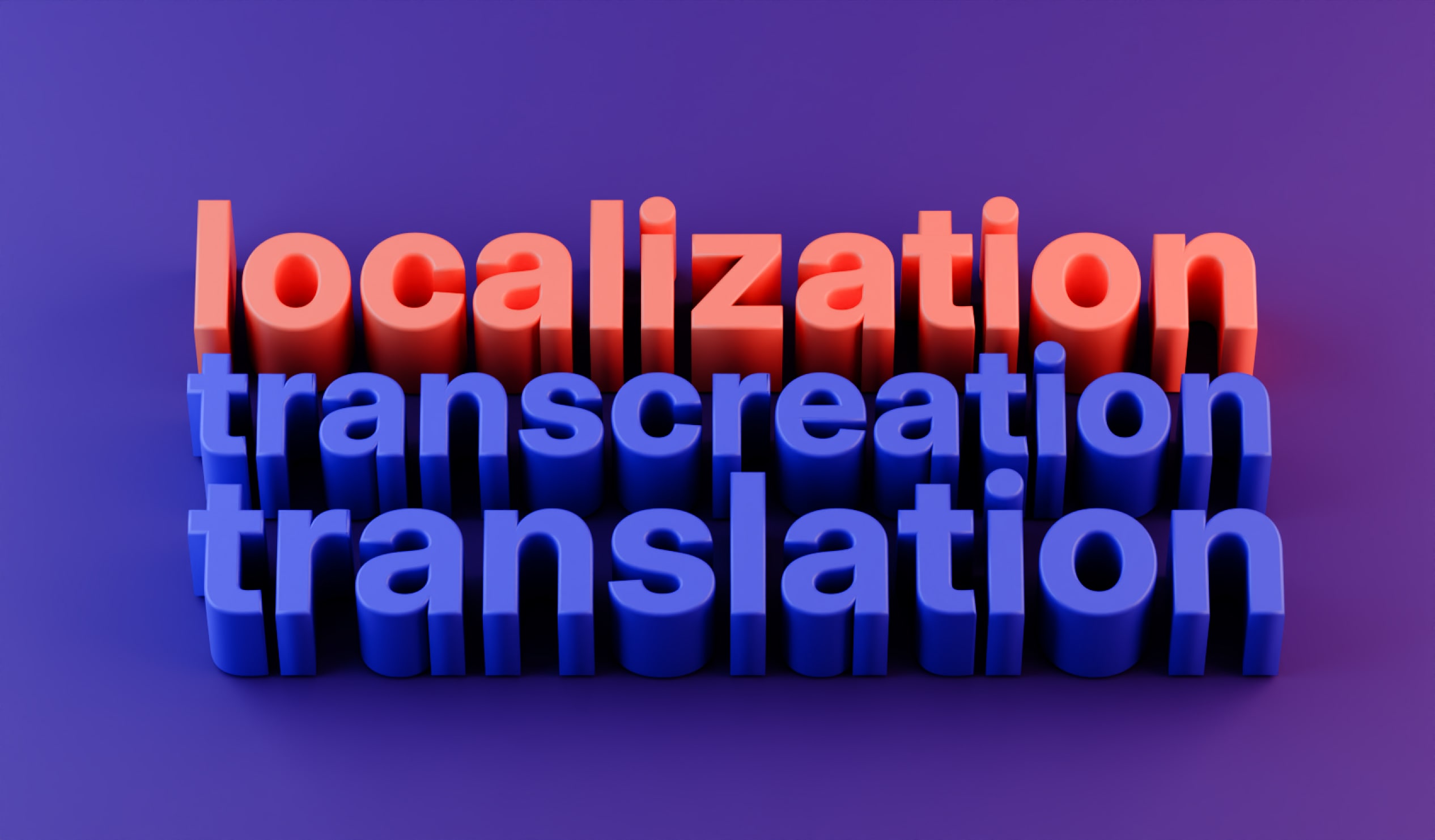
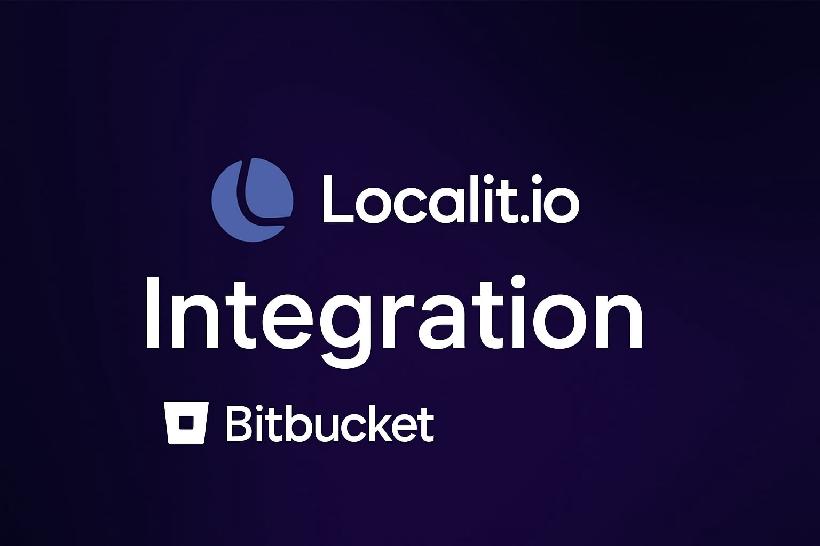 Bitbucket Integration: Complete Guide to Automated Localization Workflow
Bitbucket Integration: Complete Guide to Automated Localization Workflow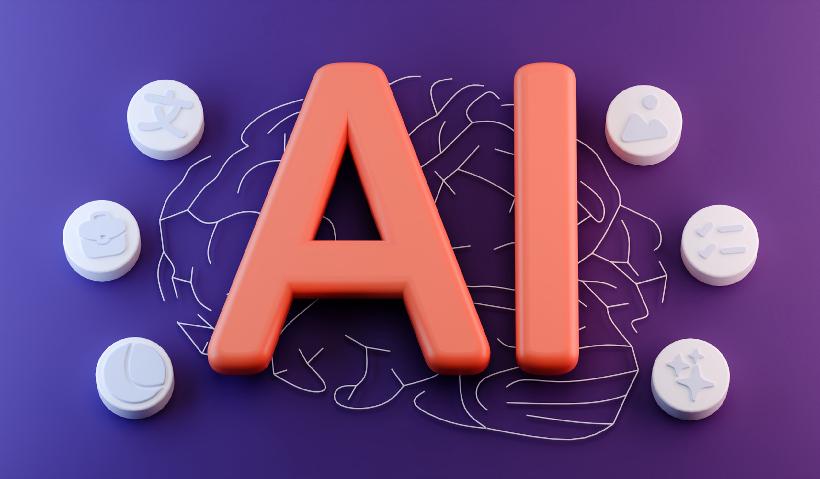 ChatGPT-5 Now Available in Localit.io
ChatGPT-5 Now Available in Localit.io Everything You Need to Know about Mobile App Localization: Challenges + Best Practices of Working in a Different Language
Everything You Need to Know about Mobile App Localization: Challenges + Best Practices of Working in a Different Language